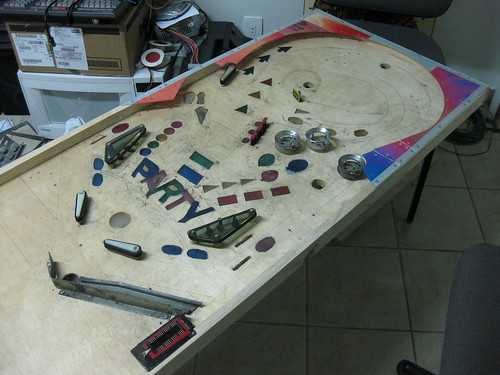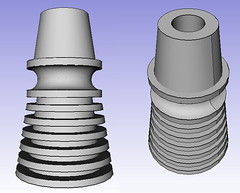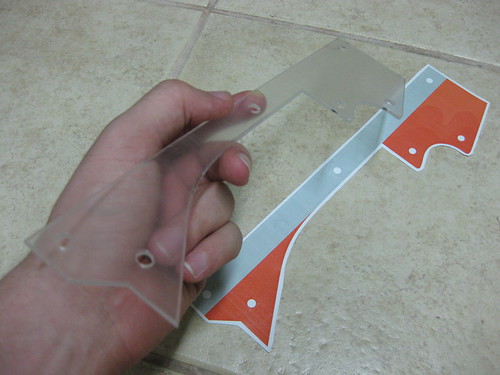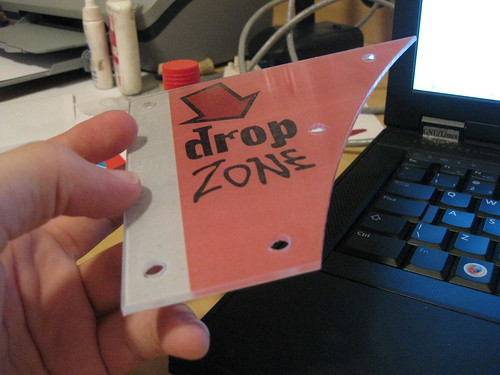After some debugging, I have figured out what was the issue with the lamp matrix controller board. I was multiplexing it too fast. By lowering the frequency of multiplexing, I got the board to properly work.
Next step is to map the palette events from Pinball Fantasies into lamp on / lamp off commands for the Arduino.
Then I need to fix an issue with the intensity of lamps when they are turned on simultaneously.
After that, I need to try I2C or some other communications protocol and then build 3 more of these boards for controlling the whole playfield.
A Quarter Century of Mozilla
1 year ago










